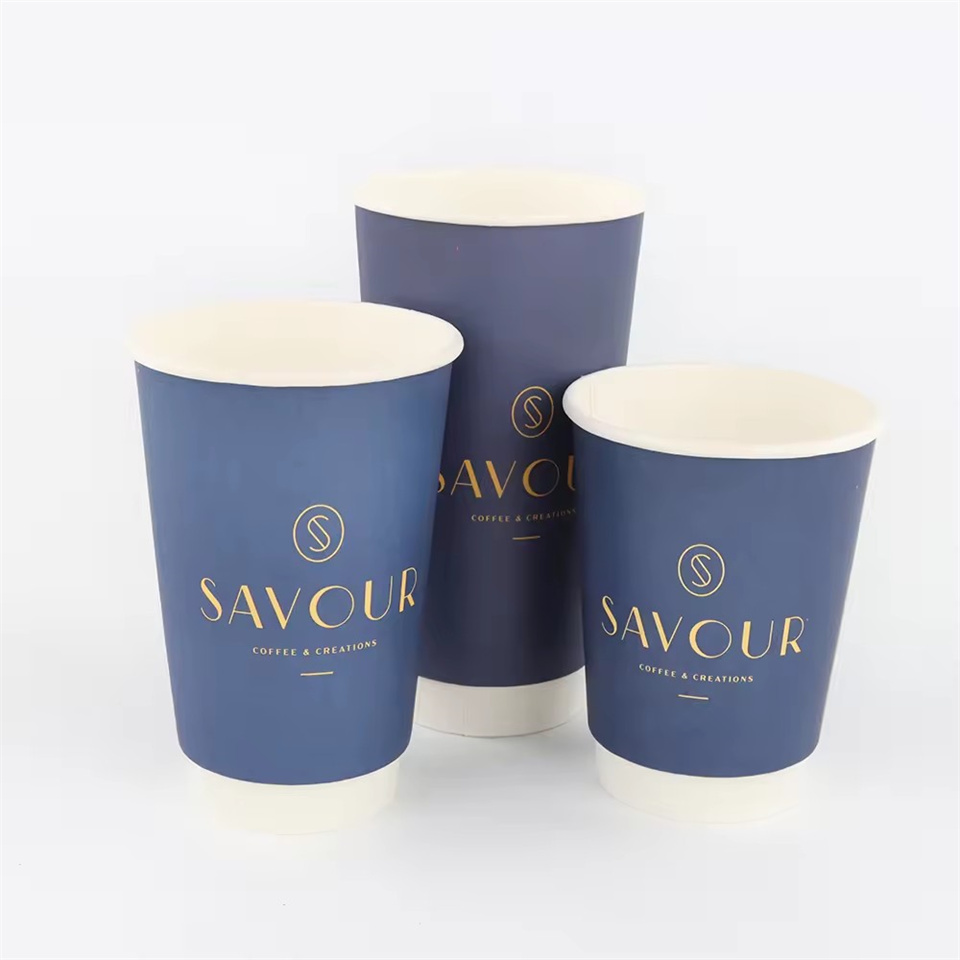How do paper cups hold hot water?
2024-02-18 05:58
How do paper cups hold hot water?
Paper cups are designed to hold hot water through a combination of material choice, construction, and additional features:
Material: The primary material used in paper cups is paperboard or paper pulp. However, to make them suitable for holding hot liquids, the paper is often coated with a thin layer of polyethylene or a similar material. This coating provides a barrier that prevents the paper from absorbing the liquid and losing its structural integrity.
Insulation: The air trapped within the paper cup provides a degree of insulation. This trapped air helps slow down the transfer of heat from the hot water to the outer surface of the cup. While it doesn’t provide the same level of insulation as materials like foam, it adds a protective layer.
Thickness: The thickness of the paper and the coating are carefully chosen to balance durability and insulation. Thicker paper provides more structural integrity and better insulation, but there is a trade-off, as thicker cups can be heavier and more expensive.
Design: The design of the cup is crucial in ensuring its strength and stability. Paper cups are typically formed in a way that minimizes seams and joints, and these joints are often well-sealed to prevent leakage. The shape of the cup also plays a role in its ability to withstand heat.
Wax Coating: Some paper cups may have an additional thin layer of wax on the inner surface. This wax coating enhances the cup’s resistance to liquid penetration and contributes to its ability to hold hot water.

While paper cups are effective for short-term use with hot water, it’s important to note that they have limits. Prolonged exposure to extremely high temperatures can weaken the structural integrity of the cup, potentially leading to leaks or deformation. Additionally, they are generally intended for single-use and may not be suitable for extended periods of hot liquid containment.

Get the latest price? We'll respond as soon as possible(within 12 hours)
